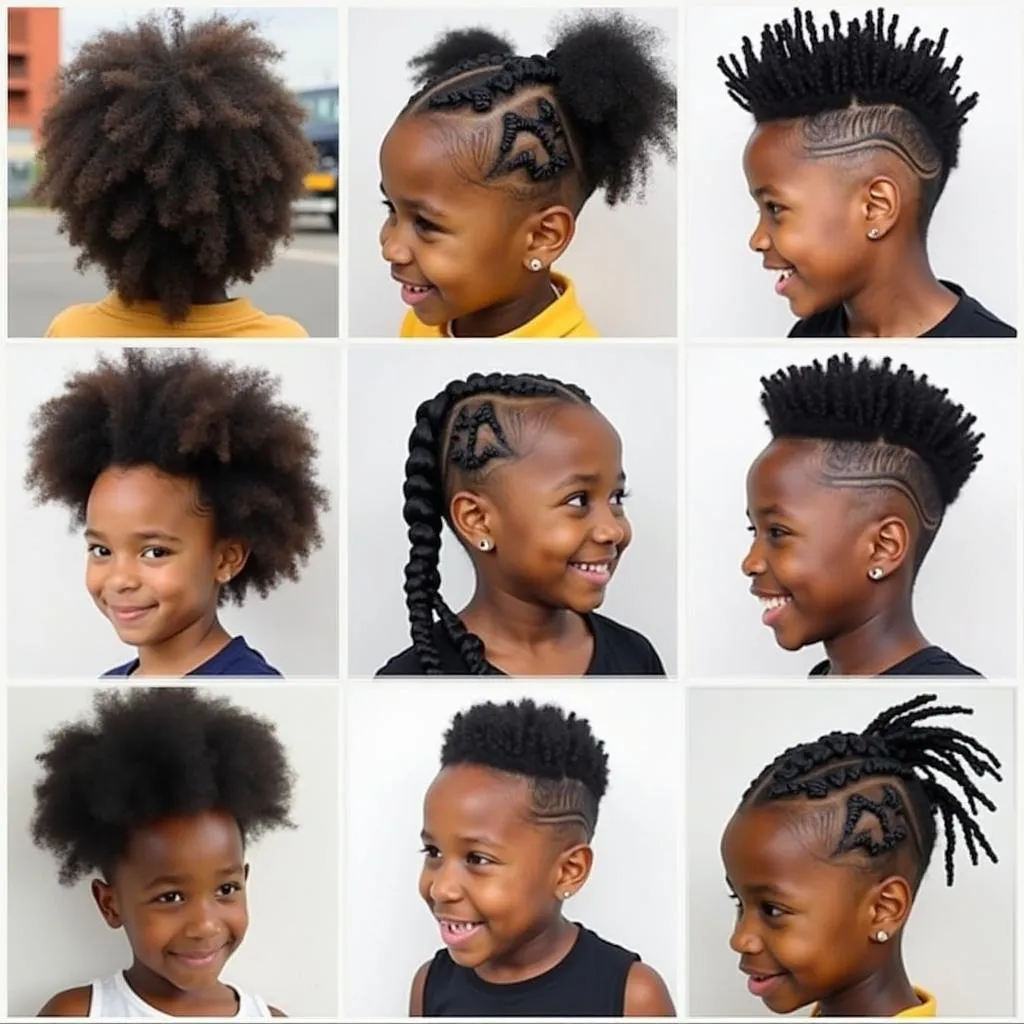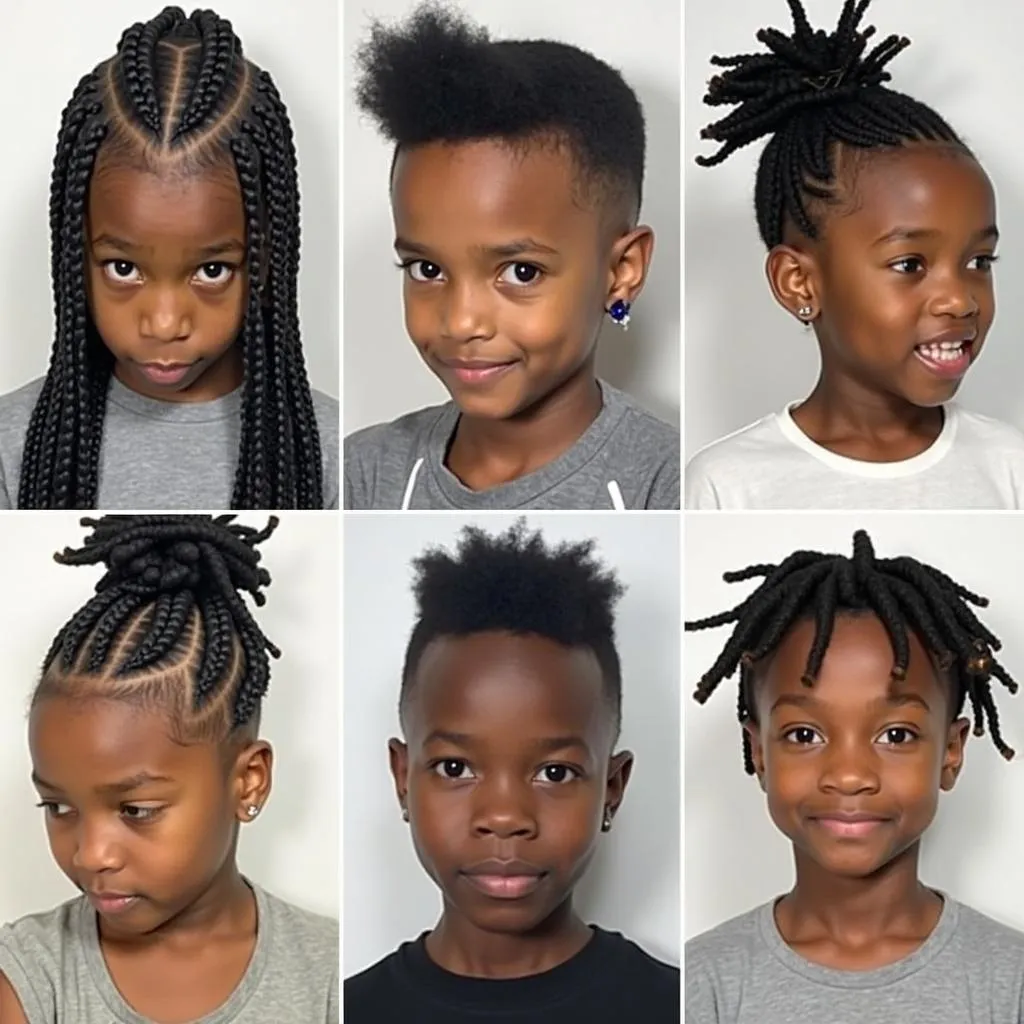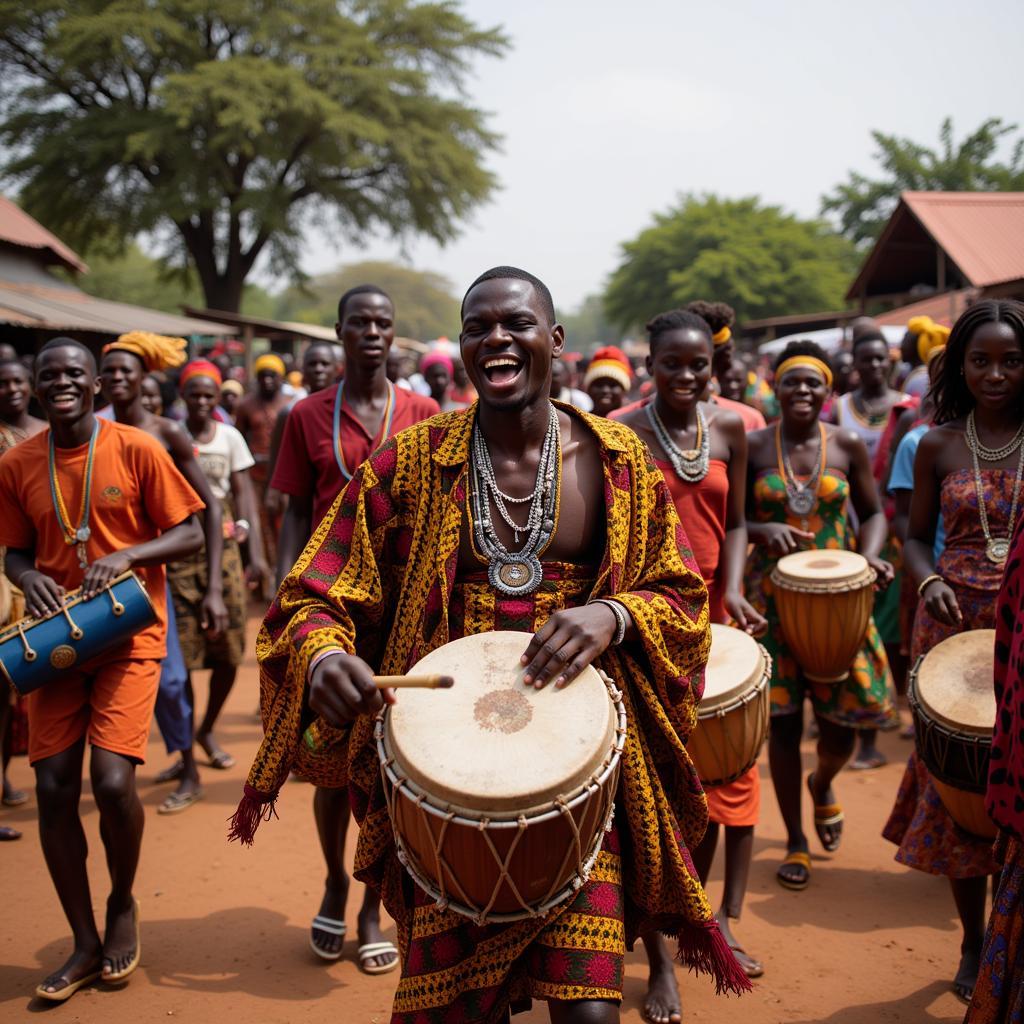The Ultimate Guide to African Boy Hairstyles: From Classic to Trendy Looks
African boys are blessed with a wide range of hair textures and styles, from tightly coiled to soft waves. This diversity makes it possible to create countless hairstyles that are both stylish and cultural. Whether you’re looking for a traditional look or something more modern, there’s an African boy hairstyle perfect for every personality and occasion.
In this guide, we’ll explore the rich history and diversity of African Boy Hairstyles, covering everything from classic styles that have been passed down through generations to the latest trends in the contemporary world. We’ll also provide a comprehensive overview of the best products and techniques to maintain and style these unique looks.
A Rich History of Hairstyles
African hairstyles are deeply rooted in culture and tradition. They have been used for centuries to express identity, social status, and tribal affiliation. For many African communities, hair is more than just a physical attribute; it’s a symbol of strength, beauty, and spiritual connection.
Historically, many traditional hairstyles were created without the use of modern tools and products. The intricacy and complexity of these styles highlight the skill and creativity of African hairdressers. For example, the “cornrows,” also known as “canerows,” are a classic style that has been worn by African men and women for generations. These intricate braids are a testament to the artistry and precision of traditional hairdressing techniques.
Modern Trends and Styles
Today, African boy hairstyles continue to evolve, reflecting the diverse and dynamic cultural landscape of the continent. Modern trends embrace a fusion of traditional styles with contemporary influences, resulting in a wide range of looks that are both edgy and expressive.
Some of the most popular trends include:
-
Afro Puffs: These adorable mini-afros are perfect for young boys and offer a playful and stylish look. They can be styled in a variety of ways, from simple and casual to more intricate and detailed.
-
Locs: Locs are a versatile and timeless hairstyle that can be worn in various styles. They are a protective style that allows the hair to grow naturally while maintaining a unique and distinct look. From traditional locs to modern twists, there’s a style for every taste.
-
Braids: Braids continue to be a dominant trend, offering endless possibilities for creativity and expression. From classic cornrows to elaborate patterns and intricate designs, braids allow boys to showcase their individuality.
-
Taper Cuts: This classic style features a fade on the sides and back, while the top is left longer for styling. The taper cut can be tailored to suit a variety of hair textures and preferences, making it a popular choice for boys of all ages.
Tips for Maintaining and Styling African Boy Hairstyles
To keep your little one’s hair looking its best, it’s essential to choose the right products and techniques:
-
Hydration is Key: African hair tends to be drier than other hair types, so it’s important to use moisturizing products regularly. Look for shampoos and conditioners specifically designed for textured hair.
-
Detangling with Care: Detangling can be challenging, but it’s important to use a wide-toothed comb or detangling brush and work in sections. Always start at the ends and slowly work your way up to minimize breakage.
-
Protective Styling: Protective styles like braids, twists, and locs can help prevent damage and breakage. These styles also offer a low-maintenance option, allowing the hair to grow healthy and strong.
-
Regular Trims: Regular trims help to maintain the shape and health of the hair. It’s recommended to schedule a trim every 4-6 weeks.
 Cute African boy hairstyles
Cute African boy hairstyles
What To Consider When Choosing a Hairstyle
When choosing a hairstyle for your son, there are several factors to consider:
- Hair Texture: Different hairstyles work better with different hair textures. For example, braids may not be suitable for very short or very fine hair.
- Lifestyle: Consider your son’s activities and lifestyle. If he’s active in sports or other physical activities, a low-maintenance hairstyle may be a better option.
- Personal Preference: Ultimately, the best hairstyle is the one that your son feels comfortable and confident wearing. Encourage him to express his individuality through his hair.
“African boys’ hair is a beautiful and expressive canvas,” says Mamadou Diallo, a renowned hairstylist specializing in African hair. “It’s important to choose a style that celebrates their unique identity and encourages their self-expression.”
 Inspirational African Boy Hairstyles
Inspirational African Boy Hairstyles
FAQ:
Q: How often should I wash my son’s African hair?
A: It is recommended to wash African hair 1-2 times per week, depending on the texture and styling.
Q: What are some good products for moisturizing African boy’s hair?
A: There are many great products available, but look for those specifically designed for textured hair. Some popular options include shea butter, coconut oil, and leave-in conditioners.
Q: What is the best way to prevent breakage when detangling?
A: Use a wide-toothed comb or detangling brush, work in sections, and start at the ends of the hair. Avoid pulling or tugging on the hair.
Q: What is the best way to care for locs?
A: Locs require regular maintenance to keep them looking healthy and strong. This includes regular washing, retwisting, and the use of a good loc-specific moisturizer.
Conclusion
African boy hairstyles are a powerful statement of cultural pride, individuality, and style. From classic traditions to modern trends, there’s a hairstyle out there to complement every personality and preference. With a little research, care, and creativity, you can help your son embrace the beauty and versatility of African hair, fostering a sense of confidence and self-expression.
Remember: It’s essential to choose a hairstyle that’s both comfortable and stylish for your son, encouraging him to express his unique personality and embrace the diversity of African culture.

